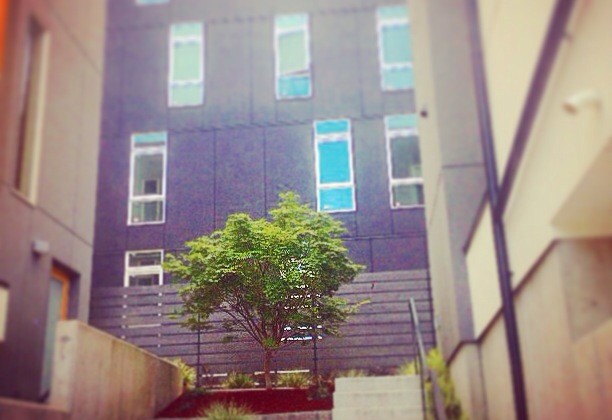Microhousing Index: Micros by the Numbers
The Microhousing Index is an homage to Harper’s Index which for years has told an often satirical story using only data points. The story the numbers tell is clear: the proposed changes in Councilmember O’Brien’s legislation will mean fewer (if any) microhousing options that will be more expensive. Tell the City Council (e-mail Councilmember Mike Obrien here) to keep microhousing an option for those that want it.
HUD maximum housing price for person earning 60 Percent of Area median income renting a studio apartment: $927[1]
Typical monthly microhousing rent (including utilities): $850[2]
Typical micro vacancy rate: 0[3]
Councilmember Mike O’Brien’s proposed micro minimum: 220 net square feet (NSF)
Estimated price of microhousing with new minimum: $1,250[4]
Number of projects completed or in process: 68[5]
Total people housed when completed: 3,609[6]
Number of units had O’Brien’s minimum been in effect: 2,400[7]
Number of buildings in low-rise zones: 44[8]
Number of buildings in mid-rise zones: 10[9]
Number of buildings in NC, C, and DMC zones: 14[10]
Number of buildings in single-family zones: 0[11]
Percentage of residents that own cars: 25[12]
Estimated number of cars owned by microdwellers: 902[13]
New parking spots required in new proposal: 1,804[14]
Estimated cost to build underground parking spot: $40,000[15]
Additional revenue needed per month, per spot, to cover parking costs: $321[16]
Typical number of sinks in a microhousing unit: 1
Number of additional sinks if Councilmember Rasmussen’s sink requirement was in effect: 3,609[17]
Total estimated cost of one additional sink fixture for all microhousing: $644,892.21[18]


